Microsoft Planner is a powerful project management tool designed to streamline teamwork and boost productivity. In today’s fast-paced business environment, mastering such tools is essential for staying competitive and ensuring efficient project execution. This blog post will guide you through essential Microsoft Planner tutorials to help you get started, explore advanced features, and adopt best practices for maximizing productivity.
Getting Started with Microsoft Planner
Microsoft Planner offers a user-friendly interface that makes managing tasks and projects a breeze. To begin, familiarize yourself with the Planner’s layout, which includes boards, buckets, and task cards. Here’s a simple step-by-step guide to setting up your first plan:
- Open Microsoft Planner from your Microsoft 365 app launcher.
- Click on “New Plan” and give your plan a name.
- Choose to create a new group or add to an existing group.
- Start creating tasks by adding a task name, setting due dates, and assigning team members.
To enhance your workflow, organize tasks into different buckets. This method helps in categorizing tasks and allows for easy tracking of progress. For example, you can create buckets for different project phases or priority levels.
Advanced Features of Microsoft Planner
Diving deeper into Microsoft Planner, you can utilize labels, due dates, and checklists to manage tasks more effectively. Labels help in color-coding tasks for easy identification, while due dates ensure that deadlines are met. Checklists within tasks are great for breaking down tasks into smaller, manageable actions.
Integrating Microsoft Planner with other Microsoft 365 tools like Teams and Outlook can further enhance your productivity. This integration allows for seamless communication and task management across different platforms. Additionally, explore Microsoft Planner tutorials that focus on using charts and dashboards to track project progress. These visual tools provide insights into task completion rates and help identify bottlenecks.
Best Practices for Maximizing Productivity
Maximizing productivity with Microsoft Planner involves adopting strategic approaches for team collaboration. Encourage open communication through comments on task cards and regular updates. Real-world examples show that teams using Planner effectively often have dedicated time for plan reviews and adjustments.
Customize Microsoft Planner to meet your specific business needs by adjusting settings, adding unique labels, and setting up custom notifications. This flexibility ensures the tool adapts to various project requirements, making it a versatile solution for different industries.
In summary, mastering Microsoft Planner requires an understanding of its core functions and advanced features. Continuous learning through Microsoft Planner tutorials is crucial for staying ahead in project management. By integrating Planner with other tools and adopting best practices, you can significantly enhance your team’s productivity.
We encourage you to start exploring Microsoft Planner today and implement the tutorials shared in this post. For more tips on productivity tools and automation strategies for small businesses, subscribe to our updates. If you have any questions or need further assistance, feel free to contact us.
